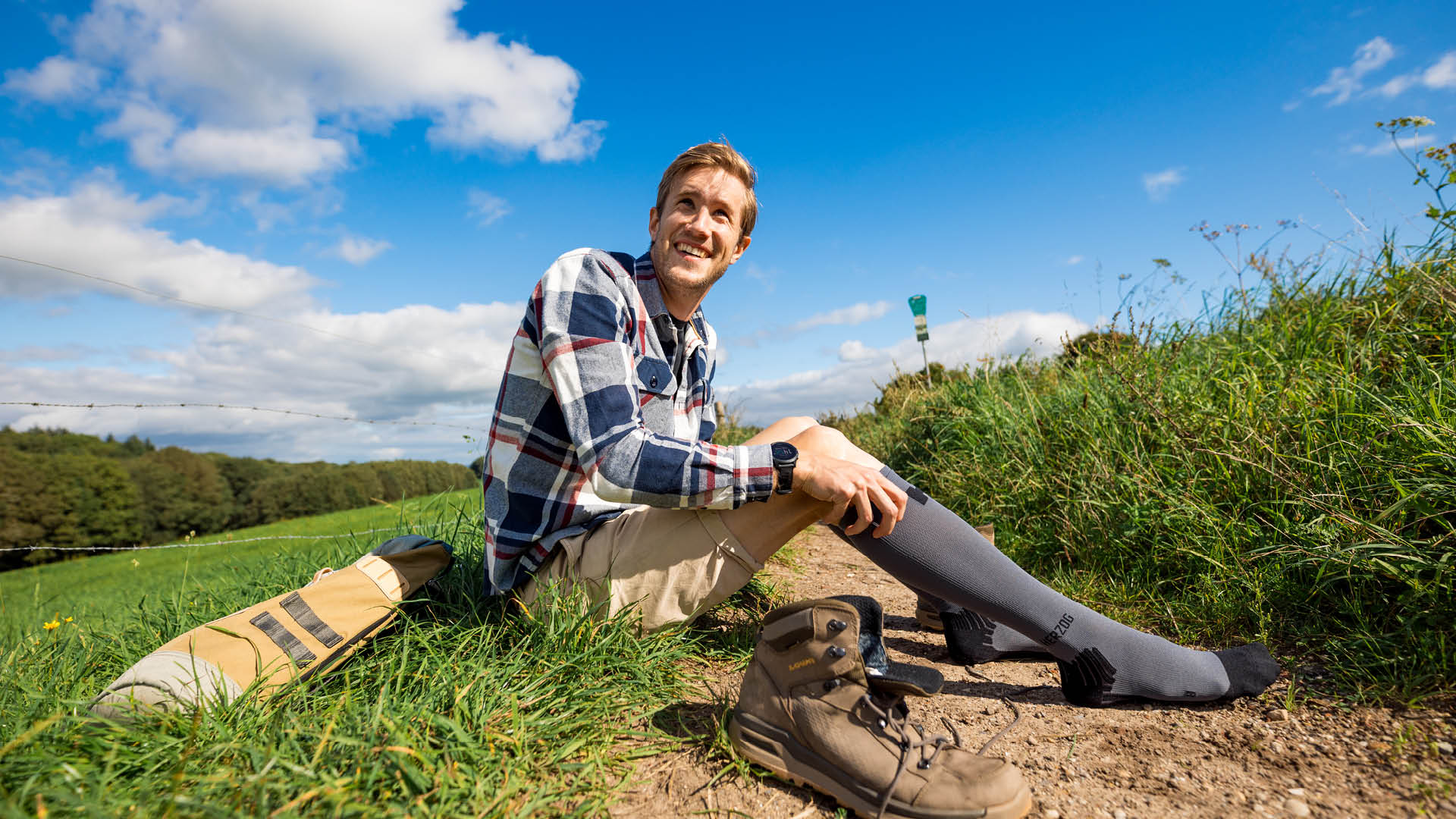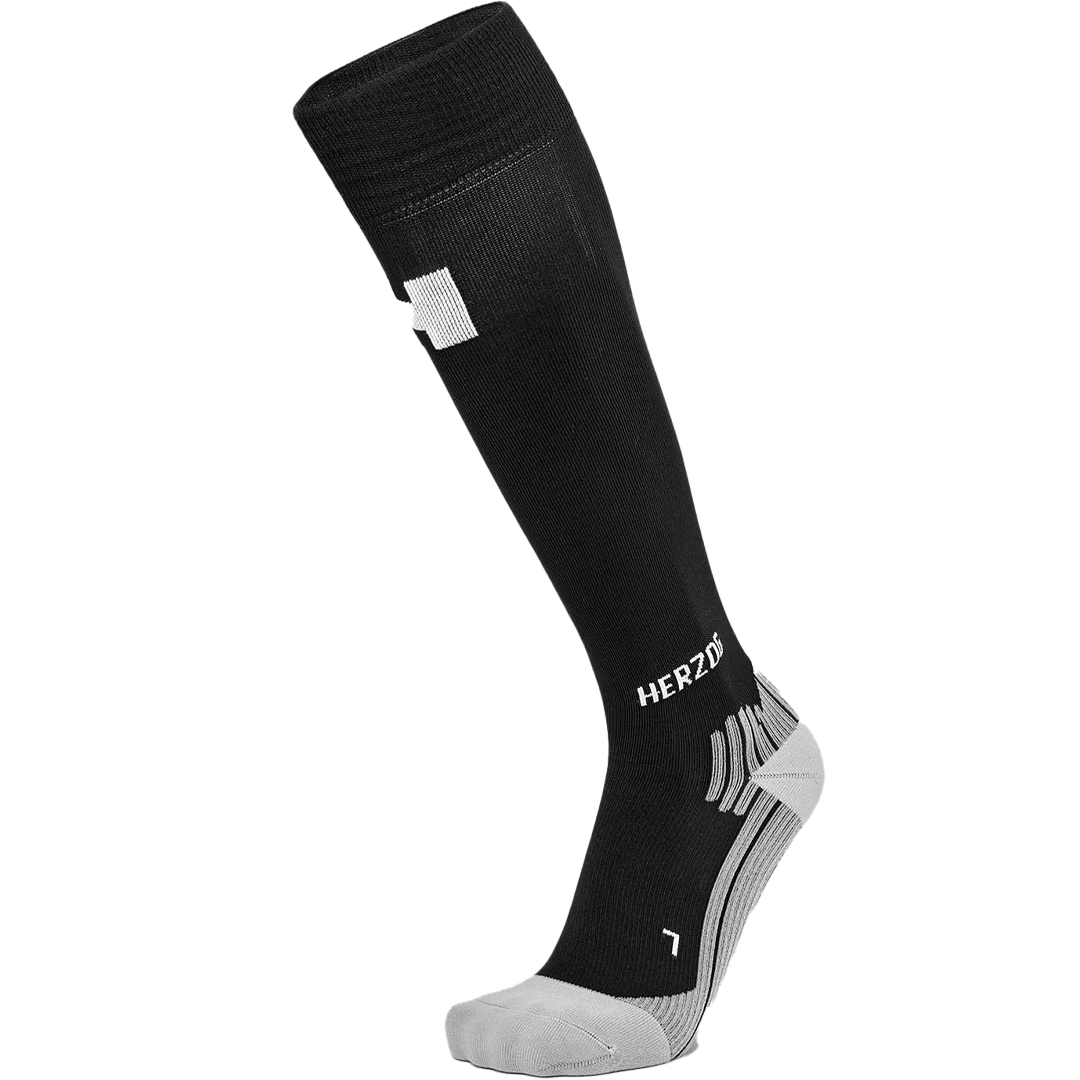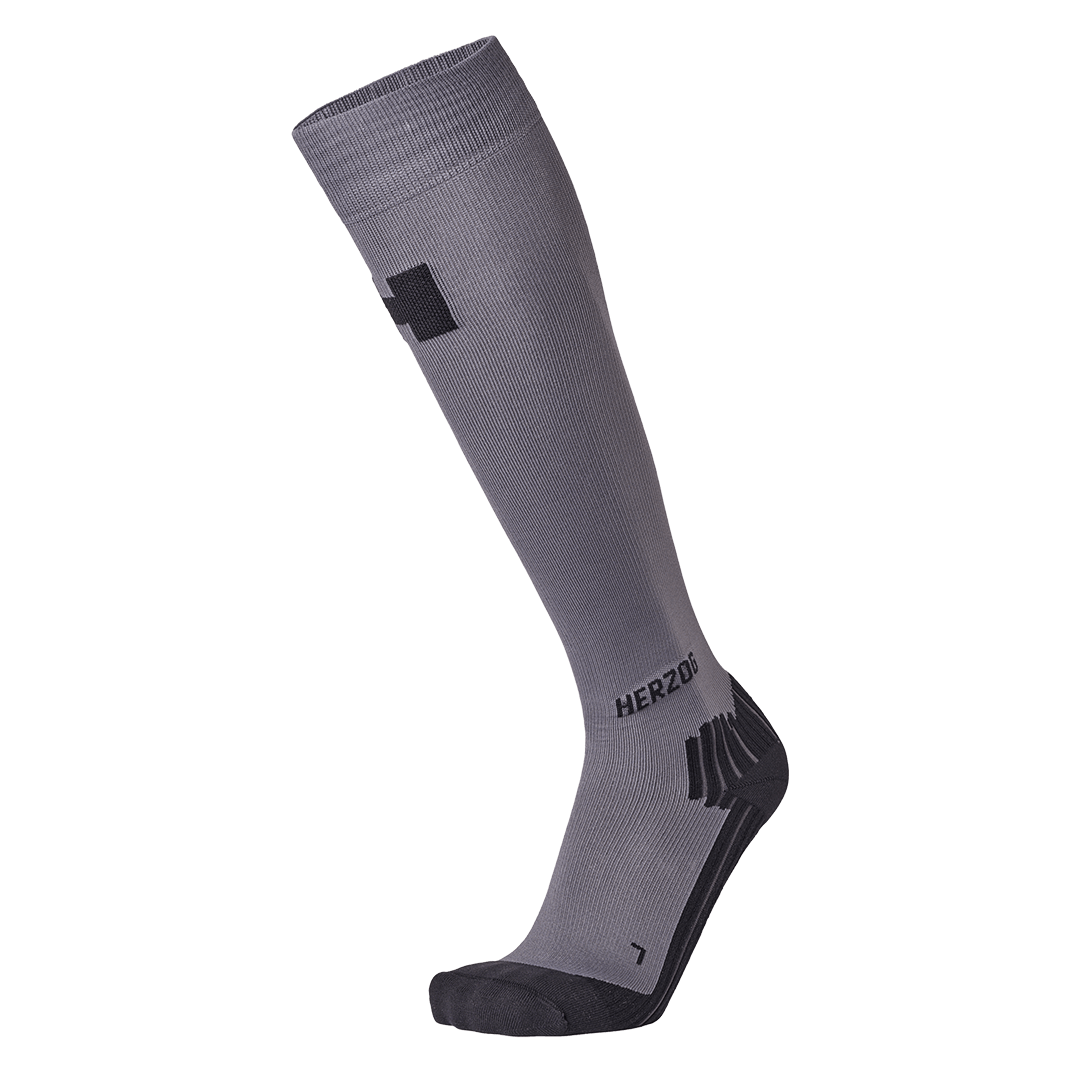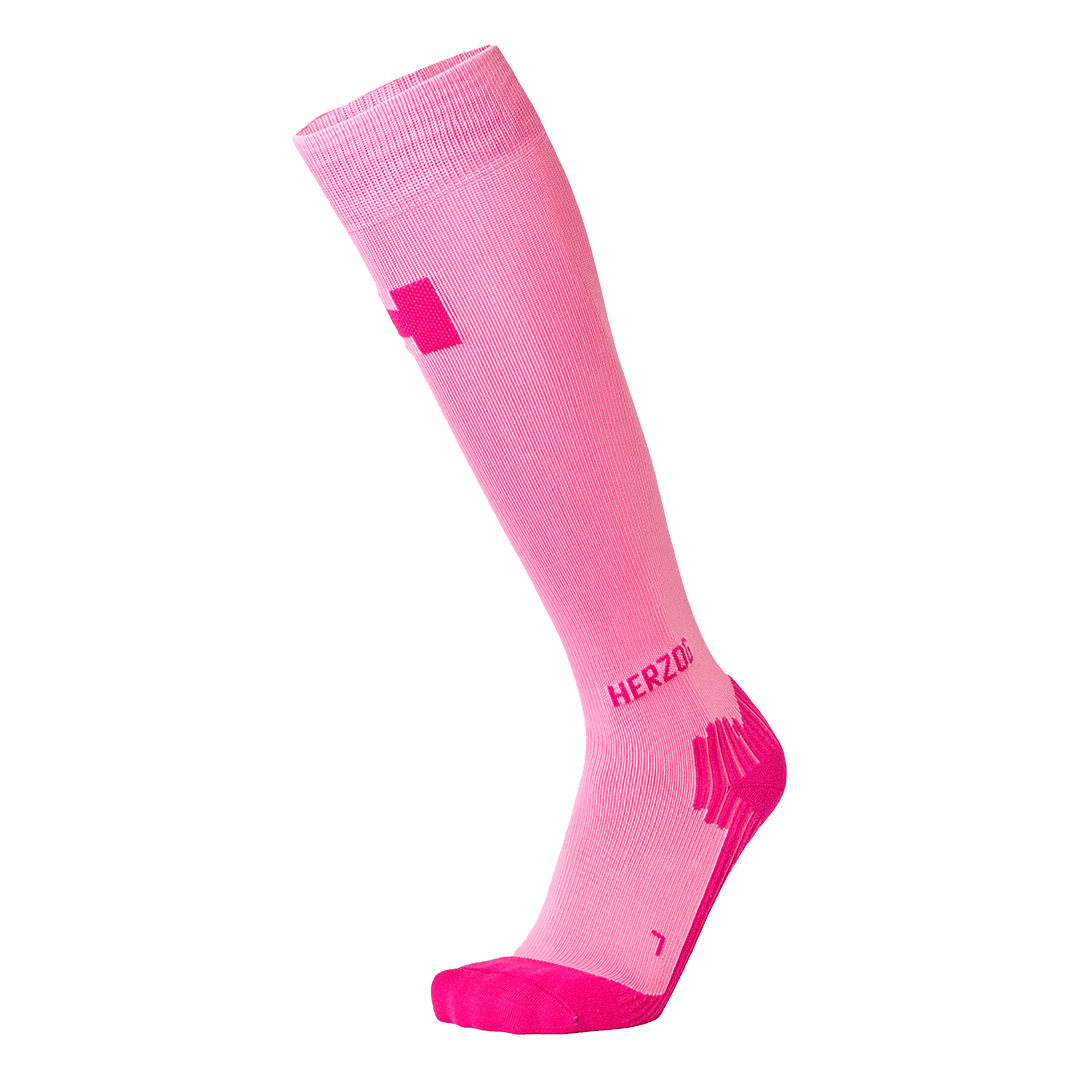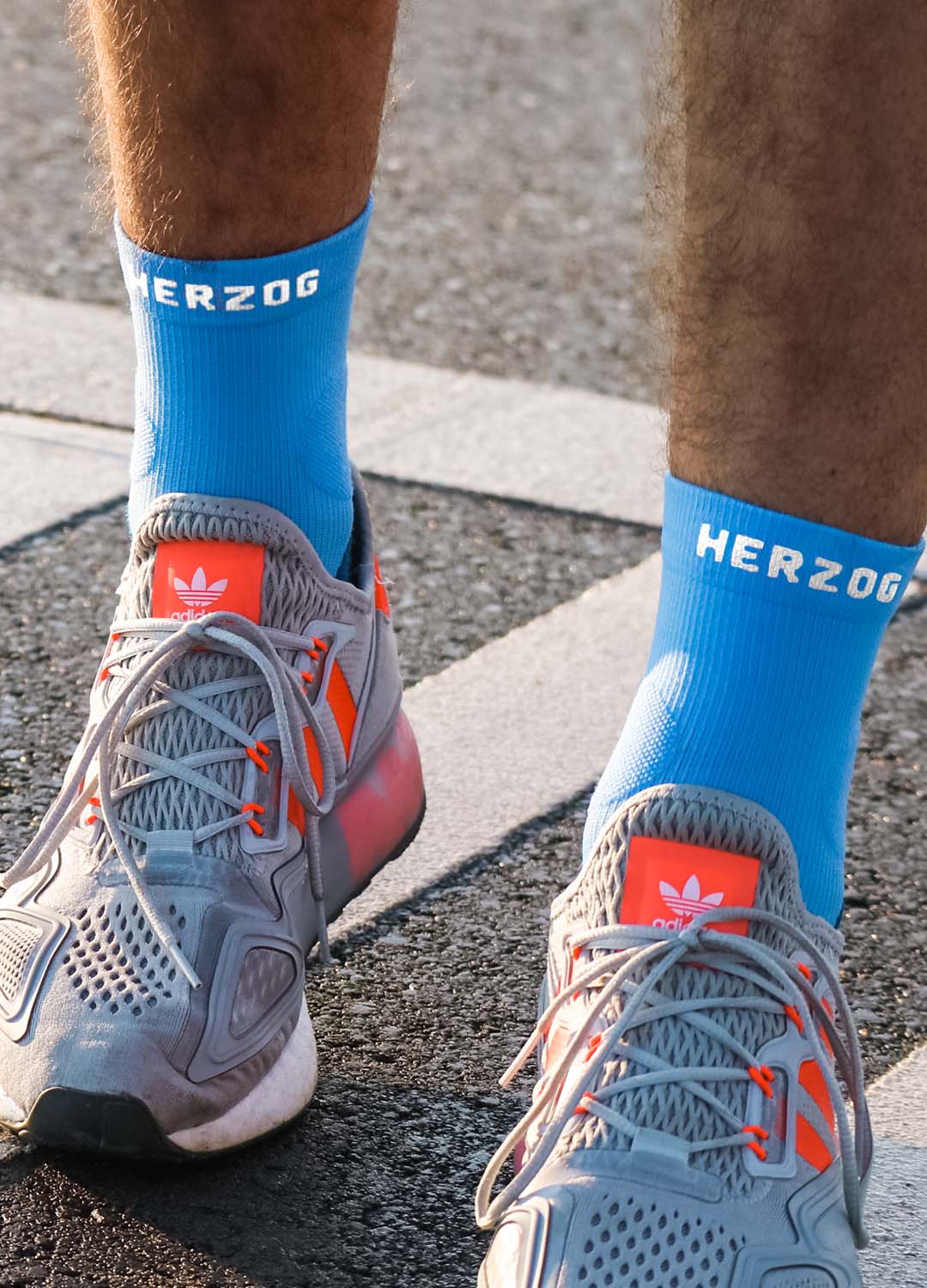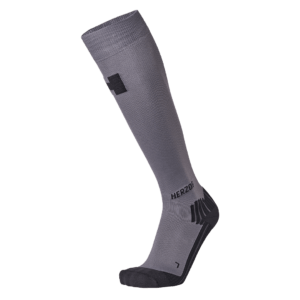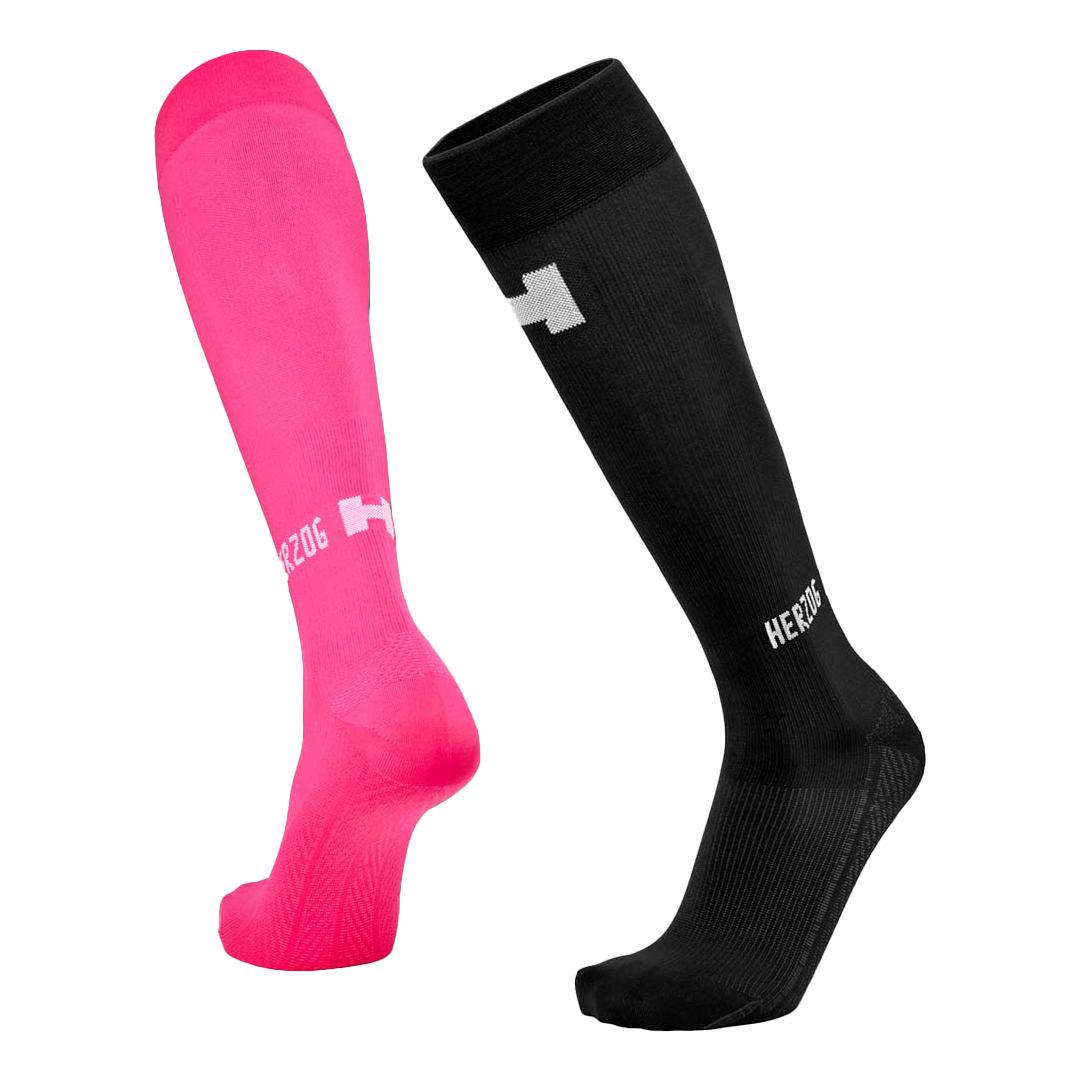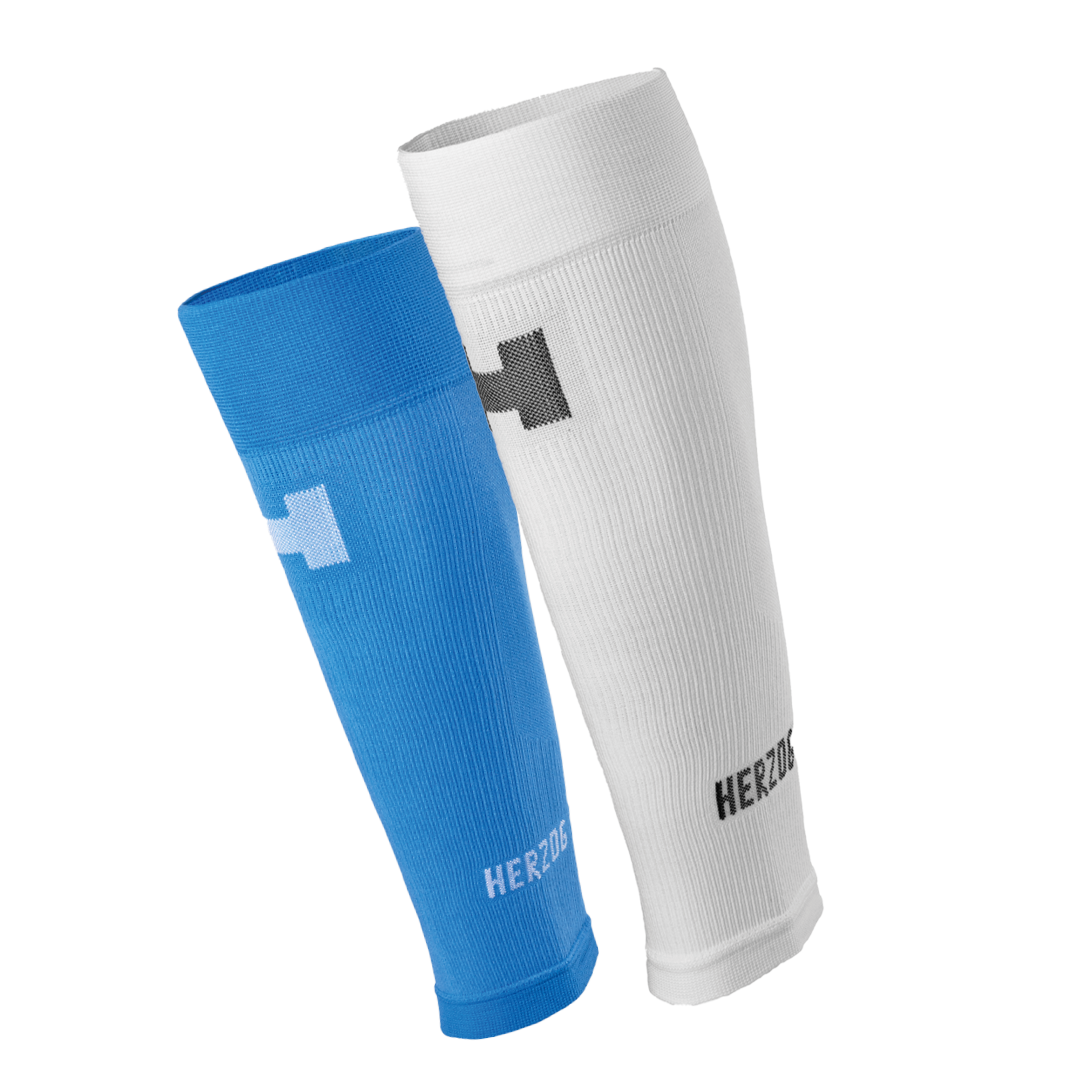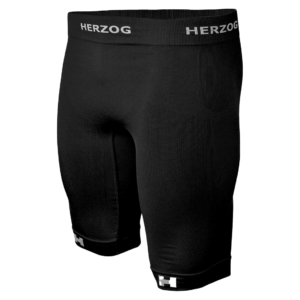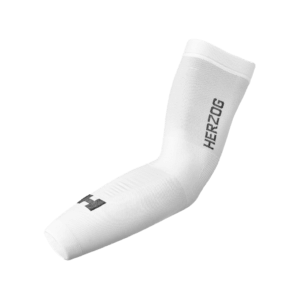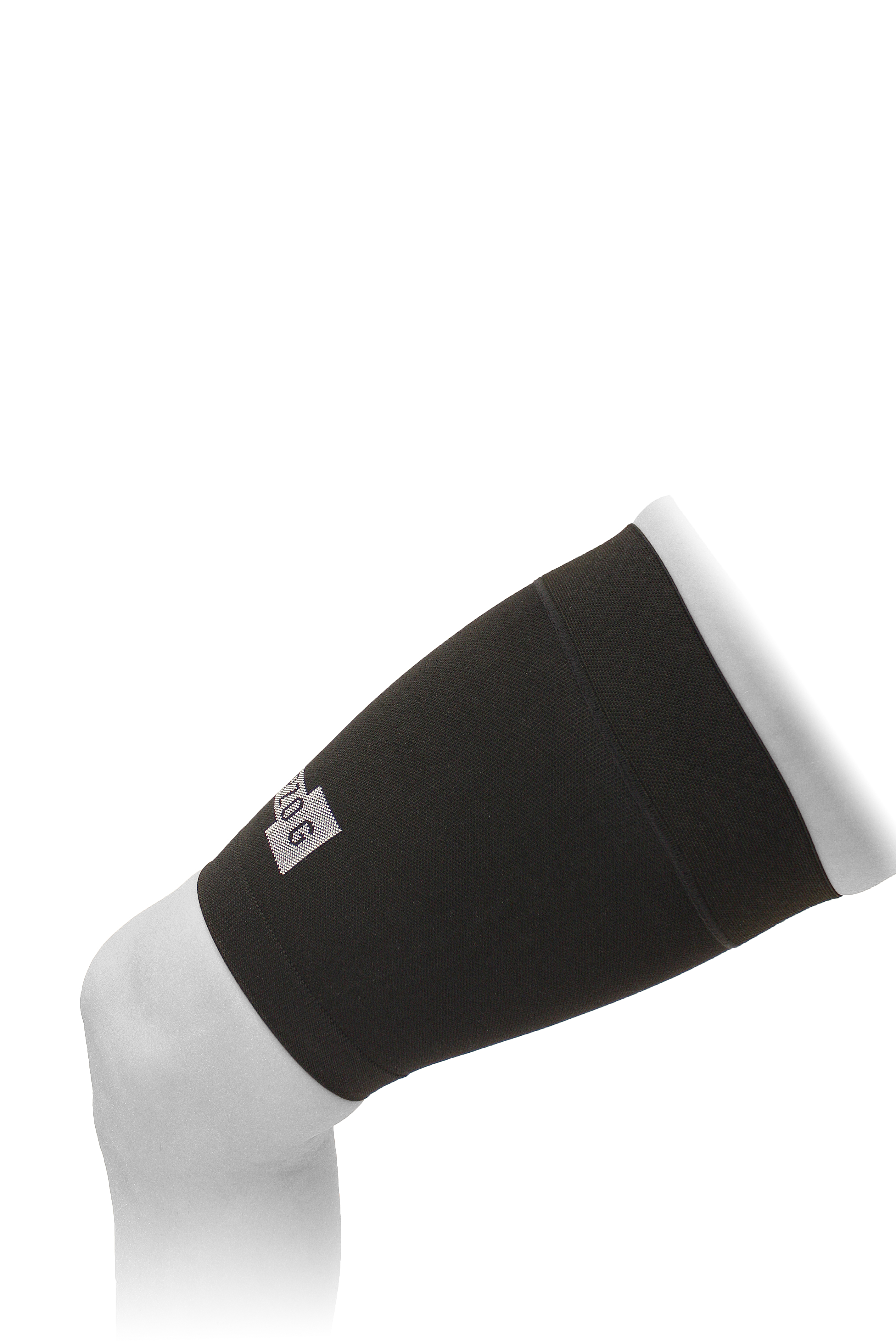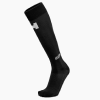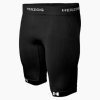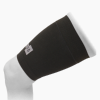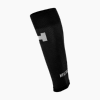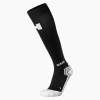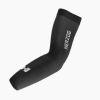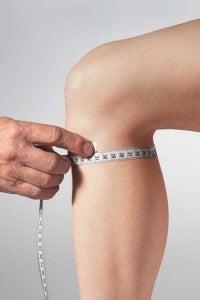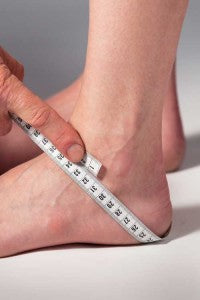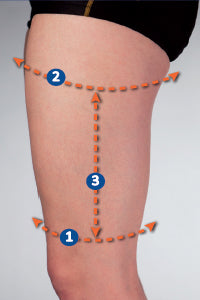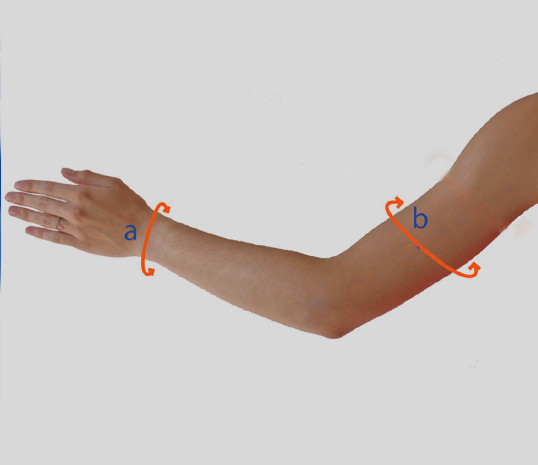Swollen ankles, also known asfluid retention (edema), often indicate poor blood circulation. Especially when sitting or standing for long periods, fluid from the bloodstream sinks into the tissues. This is because the calf muscle pump—which normally pumps blood upward toward the heart—is underactive. Sometimes underlying conditions such as varicose veins, heart problems, or kidney problems are the cause.
What causes swollen ankles?
Fluid retention is common. Do you ever notice that when you take off your socks in the evening, a deep welt remains above your ankles where the cuff of your sock used to be? This is a sign of excess fluid in the tissue, which indicates reduced blood circulation in the muscles. Although fluid retention is not life-threatening, it can cause discomfort.
The causes of fluid accumulation around the ankles, feet or lower legs can be diverse. If the swelling is severe, accompanied by discomfort, develops varicose veins, or even causes pain, it is wise to consult a medical specialist through your GP.
A common cause of swollen ankles, feet or lower legs is insufficient exercise, which is strongly linked to our modern living and working pattern. We often spend long hours in front of a computer screen, in the car, or sitting still throughout the day.

Why is fluid retained in your legs?
The heart pumps blood with sugars and oxygen through our body. The arterial blood is distributed to our upper and lower body via the aorta, the large artery in the body, via increasingly smaller vessels up to the capillaries. Gravity aids in the downward transport. From the capillaries transport nutrients, sugars, water and oxygen to the muscle cells, where combustion takes place for energy needed for sports and daily activities.
The return journey of the blood with waste products is more difficult. The heart pressure is minimal and gravity is now working against you. That is why another pump is needed to push venous blood with lactic acid and carbon dioxide upwards towards the heart. The calf muscle pump plays a crucial role in this.
The calf muscles tense and relax during movement. During contraction, the veins in particular are rhythmically squeezed empty, increasing the flow rate of the blood. Valves in the veins act as locks and allow blood to flow only from bottom to top.
Sitting or standing for long periods reduces the pumping effect of the calf muscles. This causes venous blood to remain more or less stuck in the lower legs, which can lead to fluid accumulation (edema) because fluid slowly filters into the tissue.
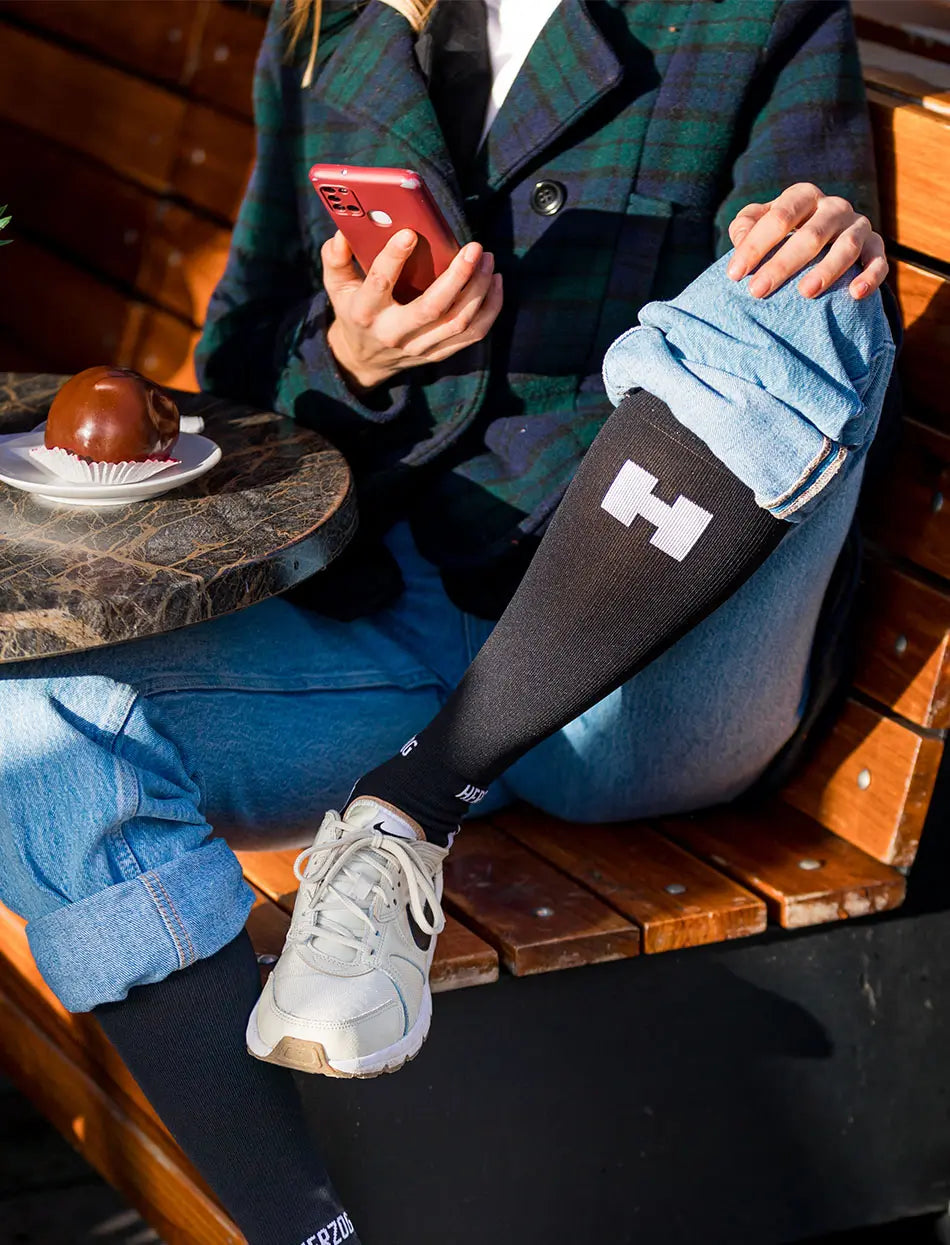
Recovering and preventing swollen ankles
If you wear the Herzog Support Compression Socks during your sitting or standing job, this has two effects:
The first effect is that the compression effect of the sock puts pressure on the muscle mass of the lower leg. This stops the moisture before it even has a chance to form in the tissue.
The second effect is that the blood is, as it were, pushed upwards. This is because the compression of the sock is higher at the ankles than below the knee. The Support socks more or less replace the calf muscle pump.
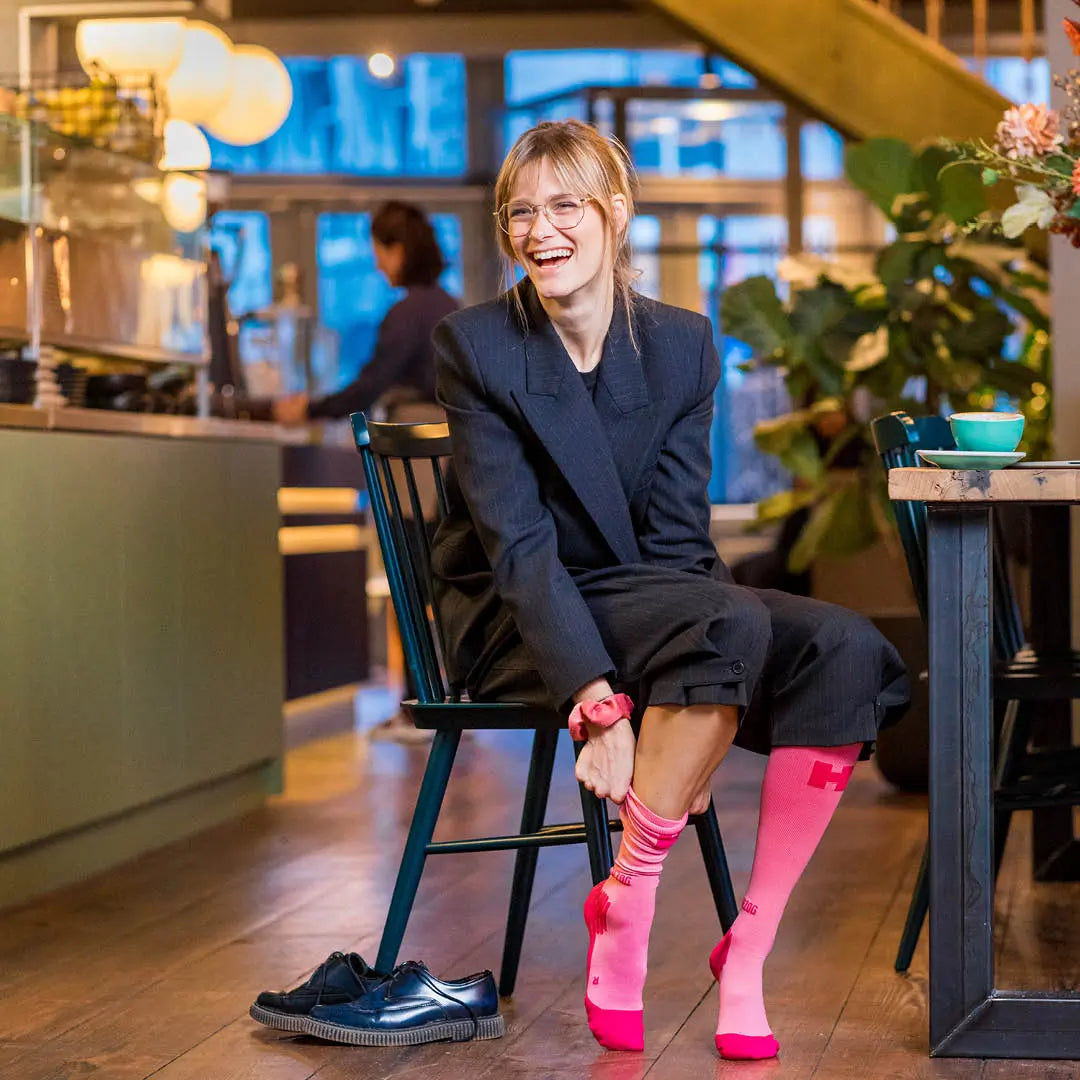
Exercises to prevent swollen lower legs
As mentioned above, exercise is the way that ensures that the blood gets a helping hand. So, for example, try to walk to the coffee corner or the toilet a little more often at the office, take the stairs instead of the elevator and move your legs. Every few minutes, write your name in the air with your toes. This engages your calf muscles.
Are you sitting in front of the TV? Then train yourself to move your legs at each commercial break, pull your toes towards your knees or write your name in the air as described above. Also use a little less salt in your diet, as it retains moisture and avoid excessive alcohol consumption. Something that starts innocently enough as some fluid retention can easily develop into phlebitis and varicose veins. You can avoid this by wearing the Support socks.

Learn more about swelling and injuries
Swollen ankles may be a sign of injury or poor circulation. Discover which complaints can benefit from compression and how to recover effectively.
→ View all injury types

